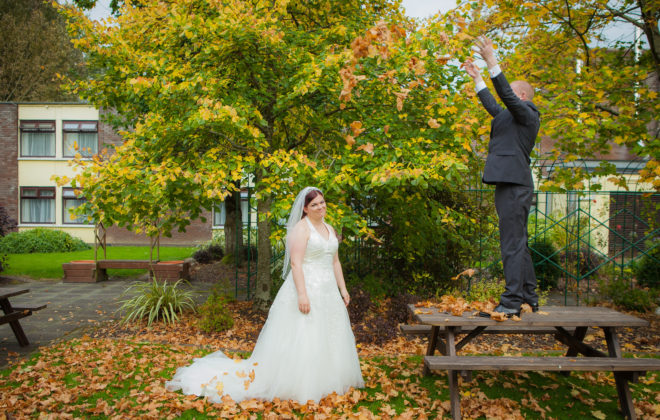Using the Camera F-Stop
Using the f-stop to adjust aperture is a good way to create selective focus and adjust the light when taking photographs.
The f-stop is a camera setting that adjusts the size of the camera’s aperture, which has an effect on two things. The first is that by adjusting the f-stop, photographers can increase or decrease the amount of light reaching the sensor or film. The second is that adjusting the f-stop will increase or decrease the depth of field.
The Light
Besides the shutter speed, it is also possible to use the camera’s aperture to decide how much light reaches the camera sensor or film. To increase the size of the aperture, the f-stop needs to be decreased in size by setting it to a lower number. Likewise, to decrease the aperture, the f-stop needs to be increased by selecting a higher number. For example, a camera set at f/2.4 will be allowing more light through the aperture, while a camera lens set at f/22 will allow a much smaller amount of light through. This is where you might hear a term called a “fast lens.” What a fast lens means is a higher quality lens that will widen the aperture to f1.8 or 1.4. these lenses are generally higher quality and more costly, yet offer a nice narrow depth of field.
Depth of Field
Besides affecting the amount of light to reach the sensor, adjusting the f-stop will increase or decrease the depth of field. The depth of field is the range of distances over which a camera gives quality definition when its lens is in the best focus for a specific distance. In essence, the depth of field is an area within the image that is in focus.
Setting the f-stop to a wide setting such as f/1.4 allows the photographer to have more control over the area that will be in focus for viewers of the image later on. But if photographing large groups or cityscapes, where a user wants the whole scene to be visible, an f/22 might be the right selection.
In Summary
Adjusting the f-stop can seem counter-intuitive at times, as the smaller number equals more light reaching the sensor or film and the larger number equals less light. But by using the camera’s built-in light sensor, and remembering the settings and how they work, setting the f-stop is one more item a photographer can use to have more control over the mood of the image.
When shopping for a new camera, or a camera lens, take some time to look at the f-stop. What is the widest and narrowest setting the camera offers? Most consumers tend to look at the megapixel count, but all modern cameras come with more than enough megapixels for the average consumer. Instead of looking at megapixels for a camera, take some time to focus on lens quality and the range allowed with the f-stop.
Related Posts
Leave a Reply Cancel reply
This site uses Akismet to reduce spam. Learn how your comment data is processed.
Categories





